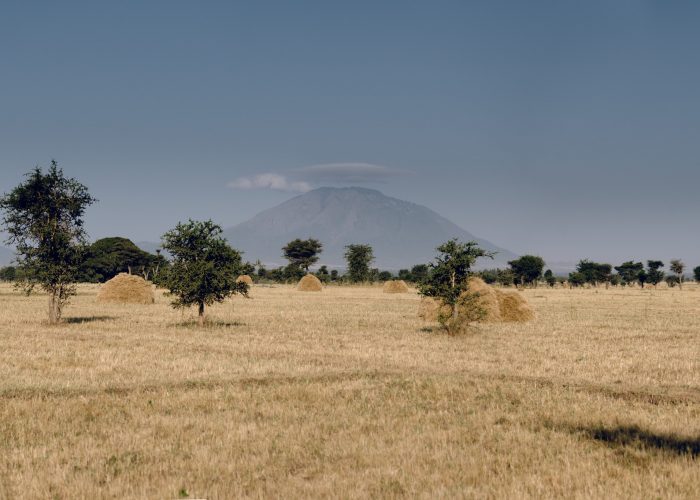
Ghana produces a variety of crops in various climate zones, which range from wet forests to dry savannas. Agriculture comprises 54% of GDP, 40% of export earnings, and provides over 90% of the country’s food needs. Today, Ghana is one of the world’s largest cocoa producers, with dynamic rubber, citrus and oil palm sectors.
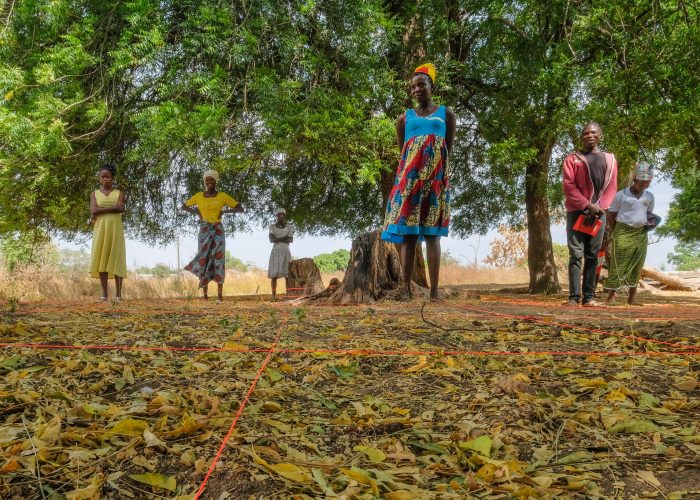
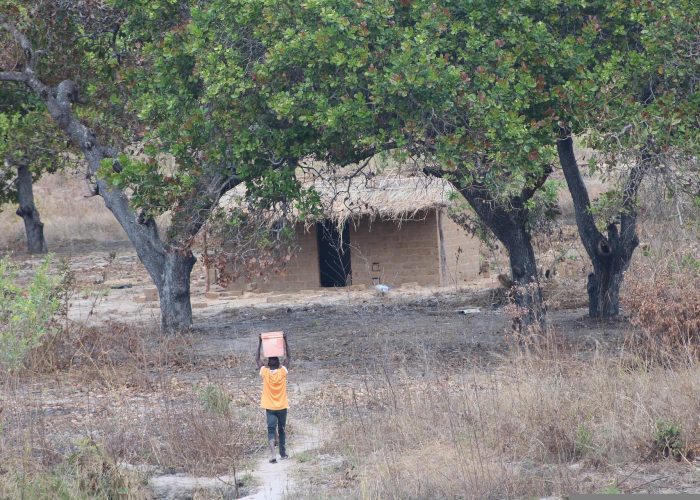
More than 70% of the Mozambican population is involved in agriculture, with the sector contributing 26% to GDP. Around 3.2 million smallholder farmers account for 95% of the country’s food production, with 80% of these farmers growing staples such as maize and cassava. Other important crops include wheat, rice, sugarcane and avocados.
In Myanmar, the agriculture sector comprises 32% of GDP, and accounts for 18% percent of total export earnings. About 60% of Myanmar’s 54 million people live in rural areas and rely on crop husbandry and livestock for their livelihoods and incomes. Rice, beans, pulses and maize are the most widely produced crops in the country, with rubber and rice also important foreign exchange earners. While Myanmar was long one of the fastest growing economies in the world, more than one-third of its population remains in poverty.
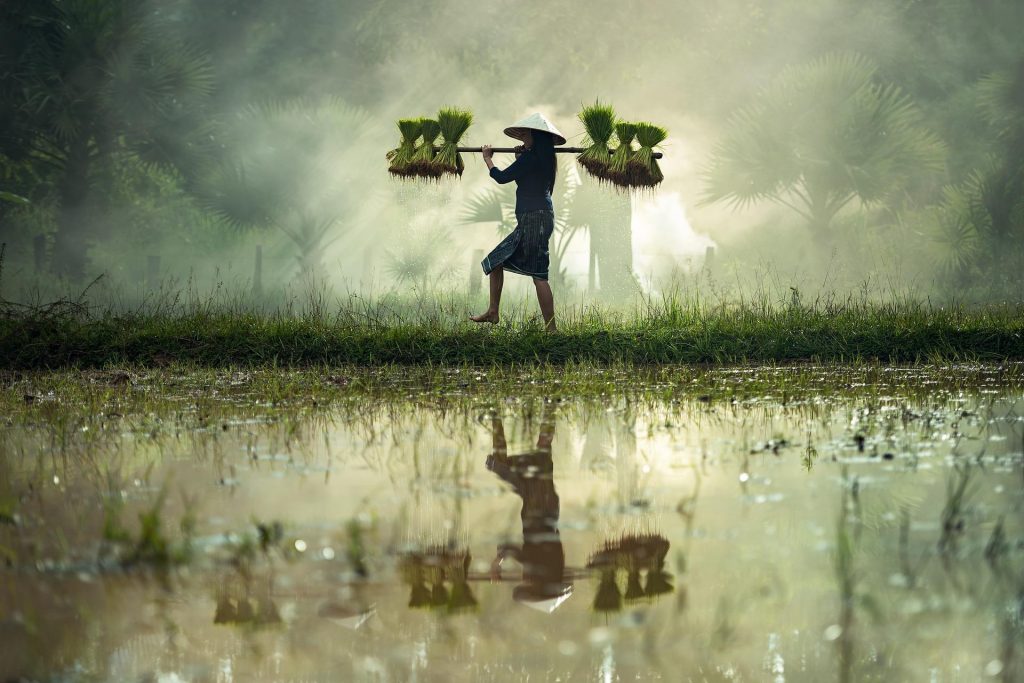
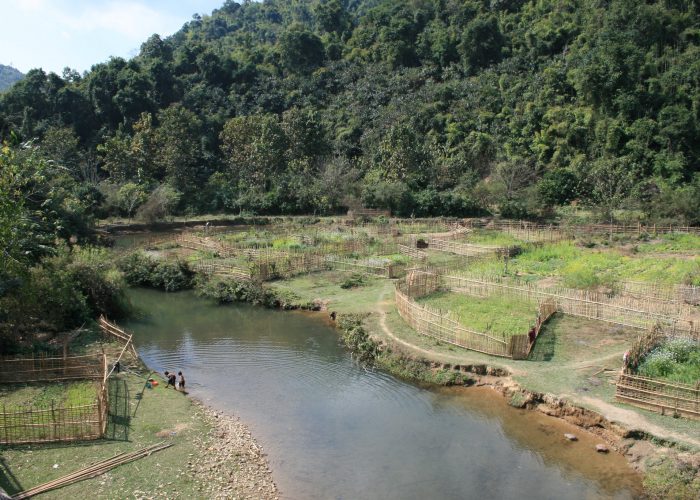
The economy of Lao PDR continues to be largely agrarian, with over 70% of its 7.2 million population employed in the agriculture sector. In 2021, Lao PDR earned USD 1.2 billion from agricultural export, over 80% of which from China. Its main commercial crops are cassava, rubber, banana, sugarcane and coffee.

